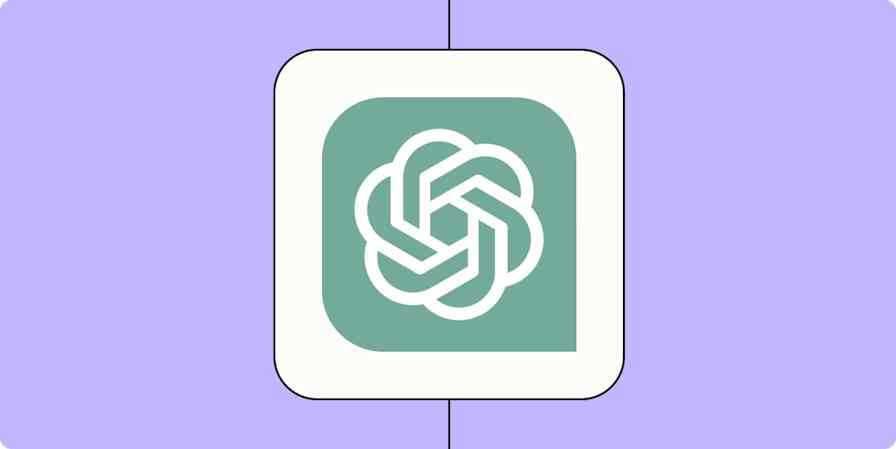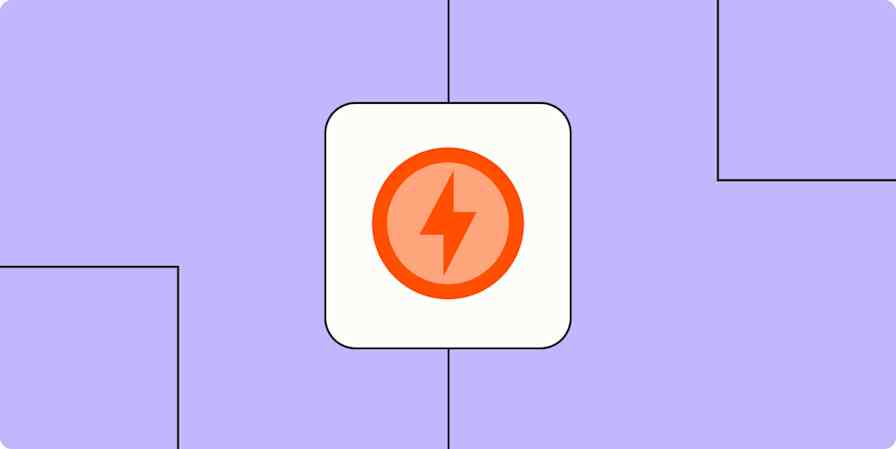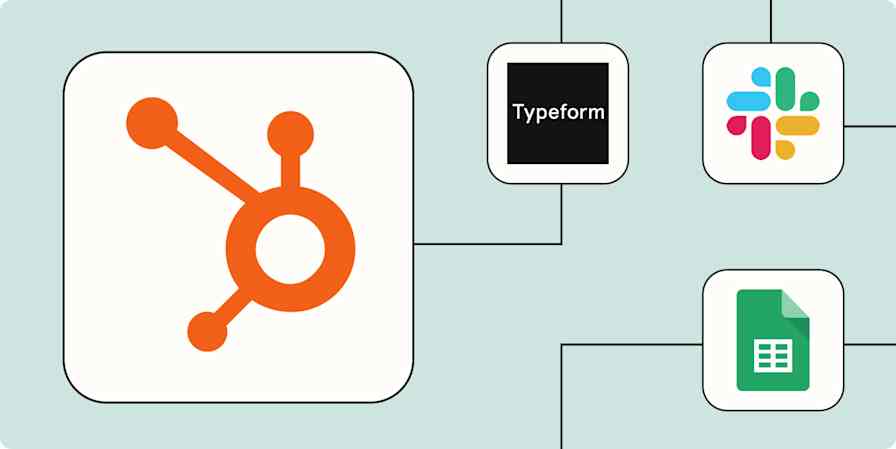Business tips
5 min readHow active selling helped my marketing strategy
Why looking out of market and thinking beyond advertising and SEO can help you grow your small business
By Amit Gami · March 2, 2021

Get productivity tips delivered straight to your inbox
We’ll email you 1-3 times per week—and never share your information.
Related articles
Improve your productivity automatically. Use Zapier to get your apps working together.








